Downtown safety initiatives
Calgary’s downtown is the heart of our city, and Calgary's success relies on our downtown being a place where people want to live, spend time, and where businesses want to set up shop, now and for decades to come.
Safety in Calgary’s downtown has always been a top priority for The City, whether during busy and vibrant times or through a crisis like the COVID-19 pandemic.
The City has initiatives and programs in place to ensure the safety of all citizens living, working, visiting or travelling through our downtown communities.
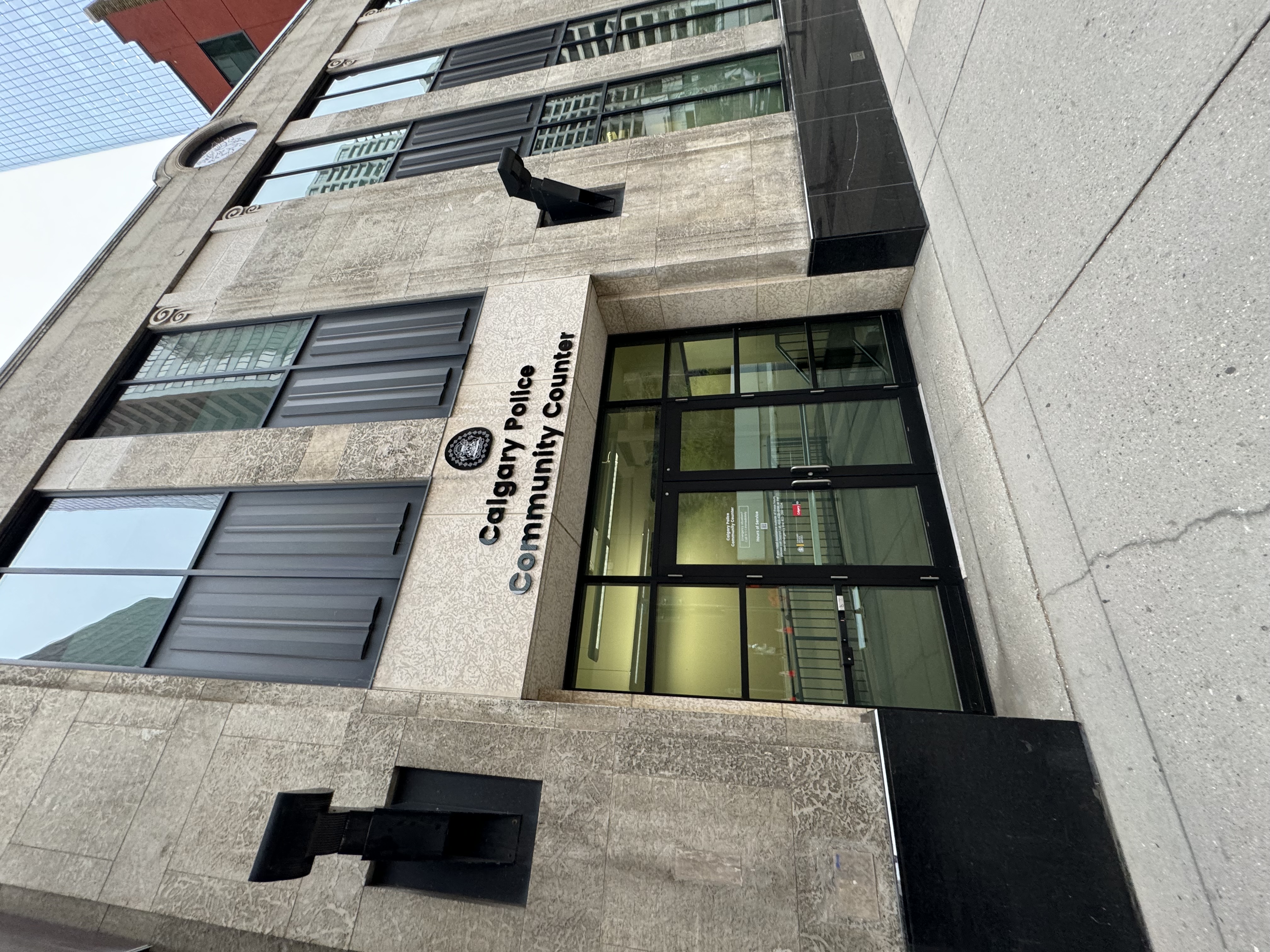
CPS Community Counter & Downtown Safety Hub
In collaboration with the Calgary Police Service and our community partners, the Downtown Safety Hub has moved and expanded, including the creation of a new downtown police front counter location.
As of November 4, 2024, the Stephen Avenue Safety Hub has moved to a new location downtown to continue providing a centralized location for uniformed officers at the new CPS Community Counter & Downtown Safety Hub, located at 115 6 Avenue S.W.
Starting November 12, 2024, the new CPS Downtown Community Counter will be publicly accessible Monday to Friday, from 8 a.m. to 4 p.m. At this location, the public can report non-emergency police matters, including non-injury collisions and lost/found property, or speak with a police officer for general information and guidance about crime and safety issues.
Since September 2021, The City and the Calgary Police Service have operated a centralized safety hub location on Stephen Avenue where uniformed officers in the downtown core can collaborate on common issues, complete necessary paperwork, and store equipment.
A centralized location in the downtown core allows partner agencies to maximize connections by leveraging each other’s expertise to provide the best service possible to the public and businesses.
Along with our partners, we are committed to a city where everyone feels safe, and they can get help and support when needed. This includes creating a downtown with active streets and well-used public spaces, and a place where people feel safe and welcome.
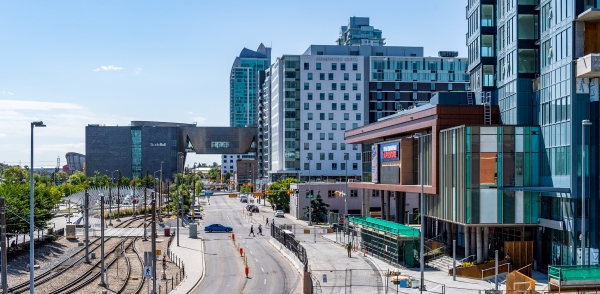
East Village Safety Hub
The East Village Safety Hub opened in Summer 2022 and is a partnership between The City of Calgary, the Calgary Police Service, the Calgary Municipal Land Corporation (CMLC), and Alpha House Society’s Downtown Outreach Addictions Partnership Program. The safety hub is located in the St. Louis Hotel on 8 Avenue S.E. in order to better respond to the East Village’s evolving social needs. The safety hub will operate as a three-year pilot program.
The East Village Safety Hub is not a reporting location and will not be staffed to receive walk-in traffic. If you need to access police non-emergency services, visit the CPS Downtown Community Counter location, call the non-emergency number at 403-266-1234, or file an online report at calgarypolice.ca.
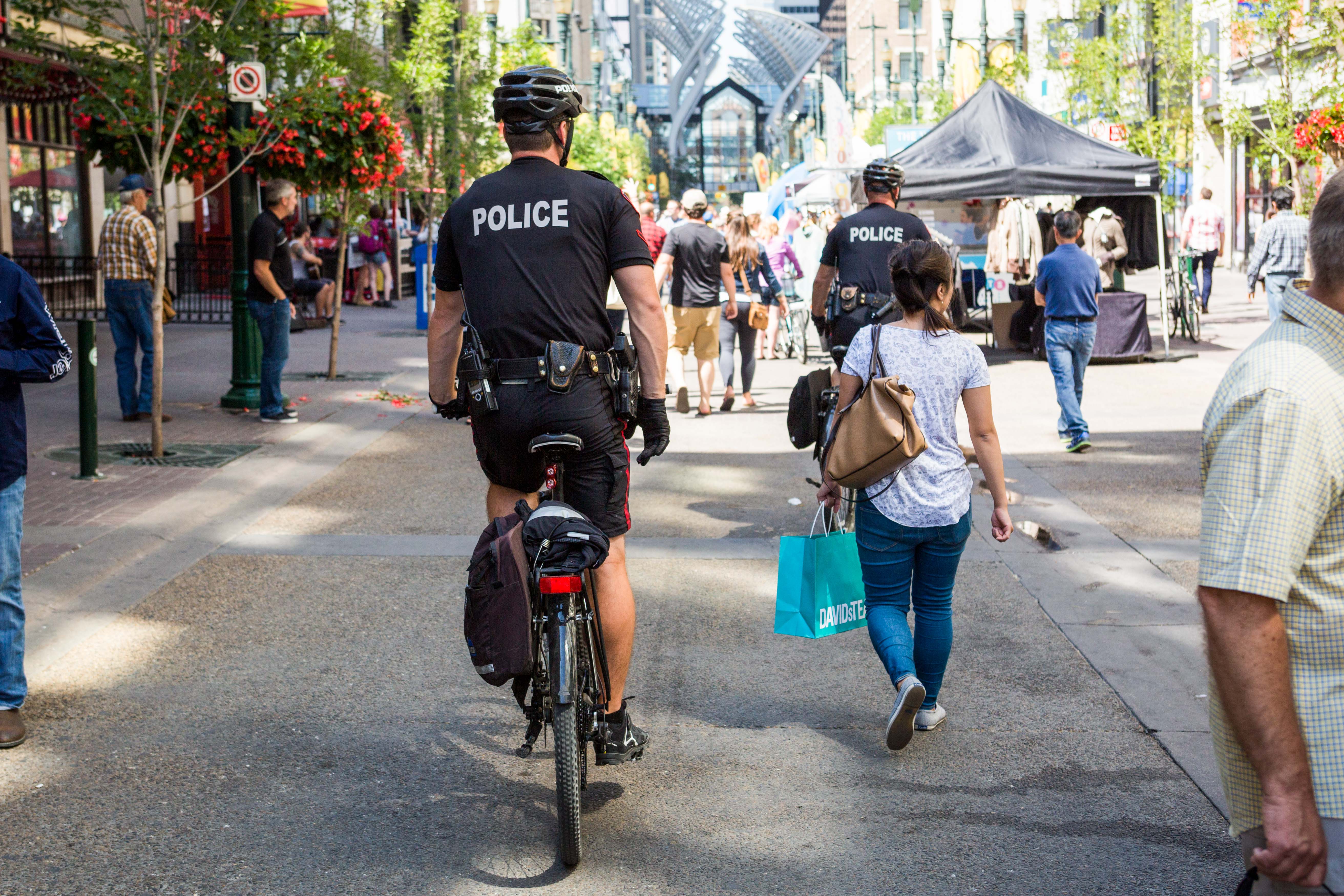
Calgary Police Service
The Calgary Police Service (CPS) has a number of programs and initiatives in place to support safety and the reduction of social disorder in and around Calgary’s downtown. These programs and initiatives are monitored regularly to ensure they are meeting the needs of Calgarians and are responding to changes in the downtown environment. CPS’ downtown programs and presence are focused on a Crime Reduction Strategy, which utilizes patrol cars, foot patrols, bike patrols, and Community Resources Officers.
CPS has recently transitioned two of their downtown beat teams into bike teams to cover more ground and provide a visible presence throughout the downtown.
Learn more about Calgary Police Service programs and initiatives at Calgary Police Service.

Calgary Transit
Calgary Transit is committed to your safety while you ride, with a focus on creating safe environments in all our locations, including downtown, throughout all hours of the day. In addition to Public Safety and Enforcement officers patrolling the Transit system 24/7, security guards are situated at stations downtown.
The Calgary Transit TransitWatch program allows Calgarians to report safety concerns through help phones, silent text services and phone lines to keep our public transit safe. Additionally CCTV monitoring is in place at all CTrain stations. Controlled in the Calgary Transit Operations Centre 24/7, security agents are in direct contact with the Public Safety Enforcement officers and Calgary Police Services.
For more information visit Safety on Transit.

Creating a Vibrant Downtown
The City and our partners are committed to fostering a vibrant downtown that brings people together and cultivates a sense of community. By supporting programs and activations that promote creativity, engage residents and stimulate economic growth, you are helping make the heart of Calgary a vibrant destination where everyone feels safe and welcome.
Creating safe, engaging public spaces plays a vital role in building our community – it’s where neighbours meet and friendships are born, it’s where communities come alive and cultivate a sense of belonging, and it’s where people come to celebrate and enjoy life’s moments.
Learn more about downtown programs and events at Explore Downtown Calgary.
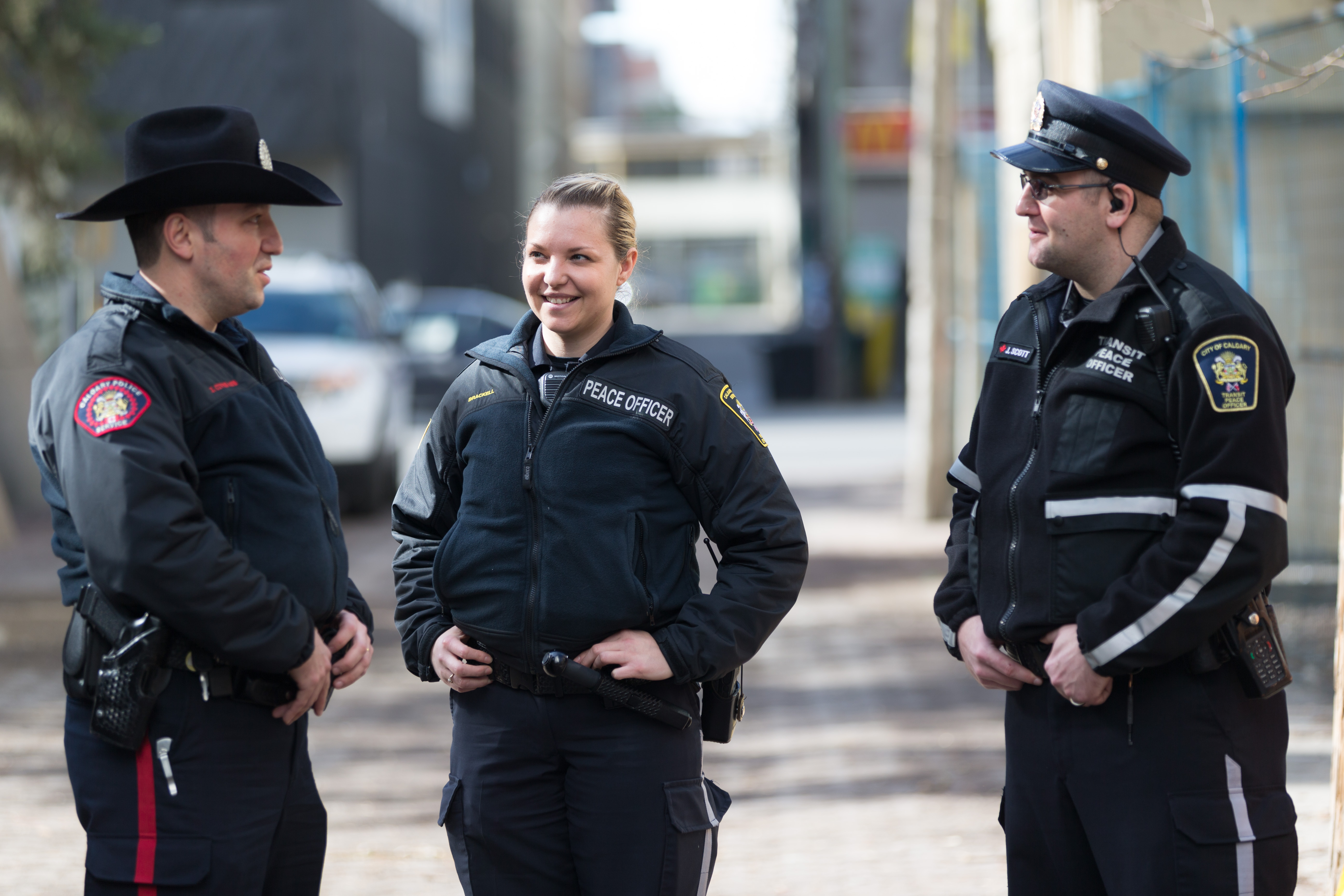
Alpha House Ambassadors
Alpha House, in partnership with the City of Calgary and the Calgary Downtown Association, runs an ambassador program supporting five Business Improvement Areas (BIA’s) in downtown Calgary: Chinatown, 17th Avenue, 4th Street, Beltline, and Victoria Park. The Ambassador Program provides support to businesses as it relates to social issues to problem solve and build relationships that will support community outreach for everyone.
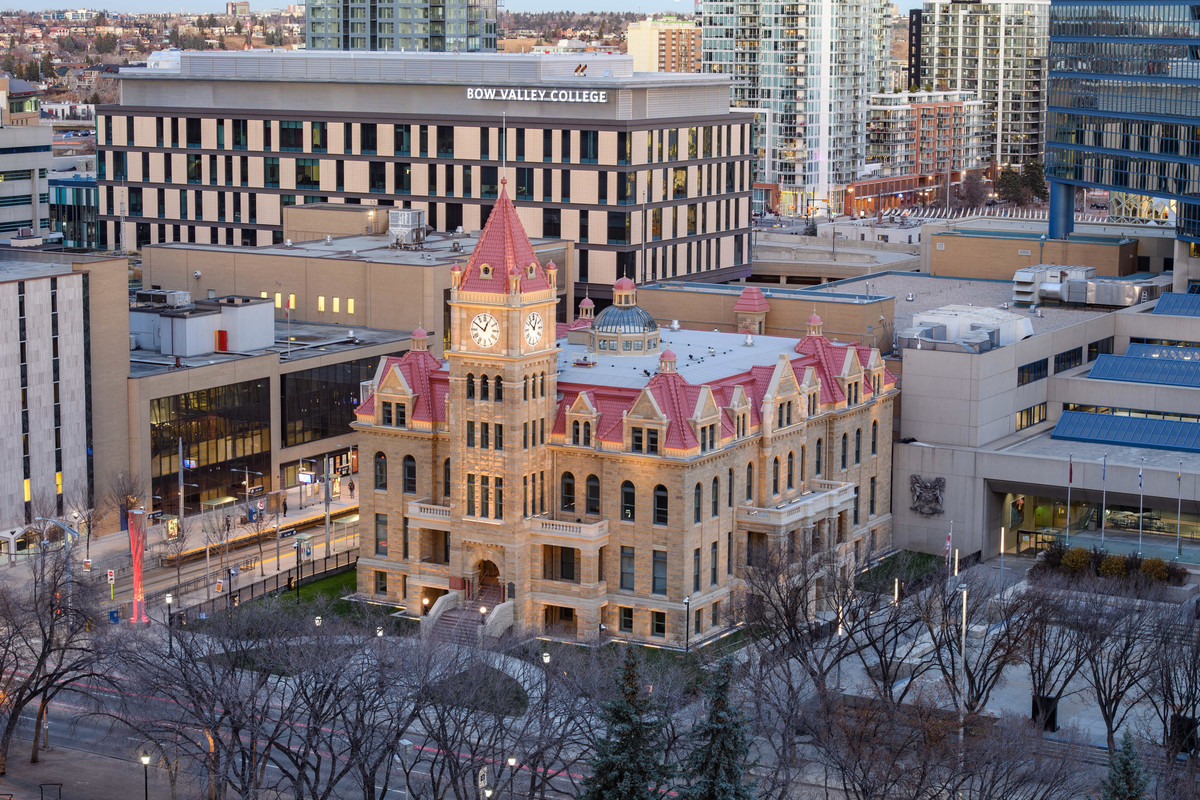
Downtown Coordinated Safety & Security Committee
The Downtown Coordinated Safety and Security Committee is made up of security representatives from downtown organizations and institutions including the Calgary Public Library, Bow Valley College, University of Calgary, Arts Commons, the Glenbow Museum, as well as the Calgary Police Service, City uniform services, social services, such as Alpha House, Calgary Drop-In Centre, Centre for Hope and other community partners.
Together, this group has worked to improve training for staff, increase data and information coordination, and improve communication overall among these various organizations.

